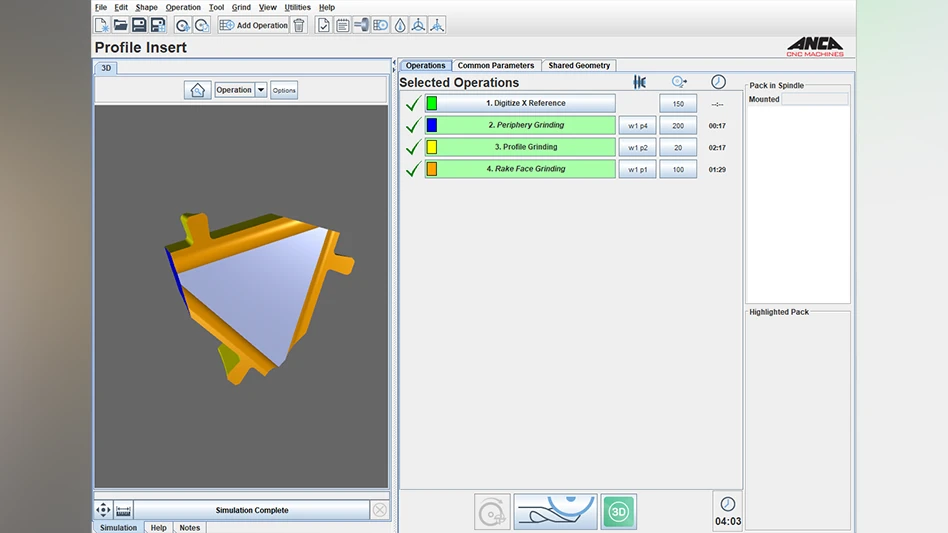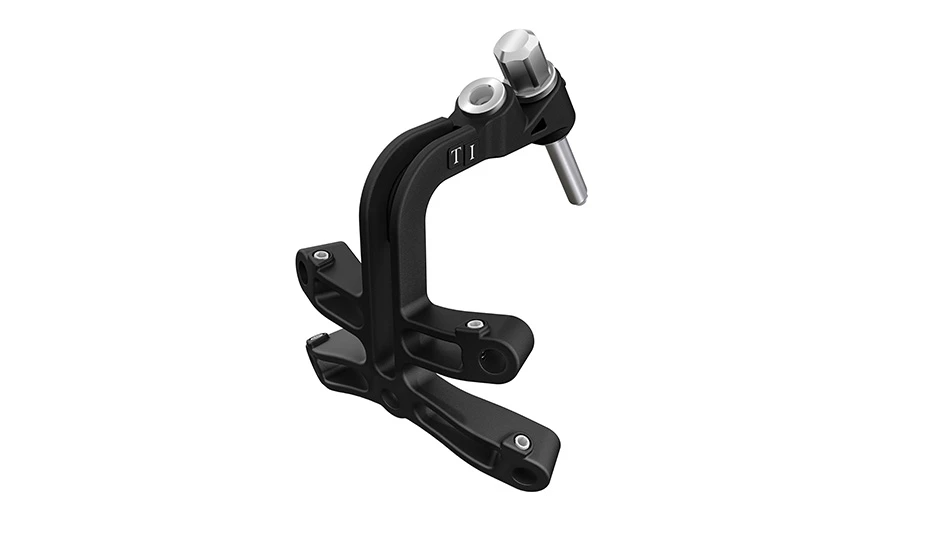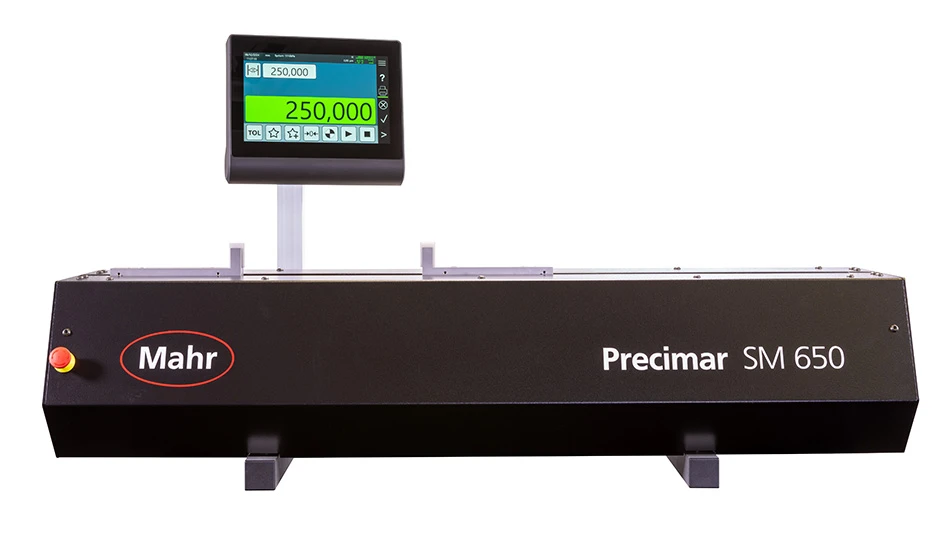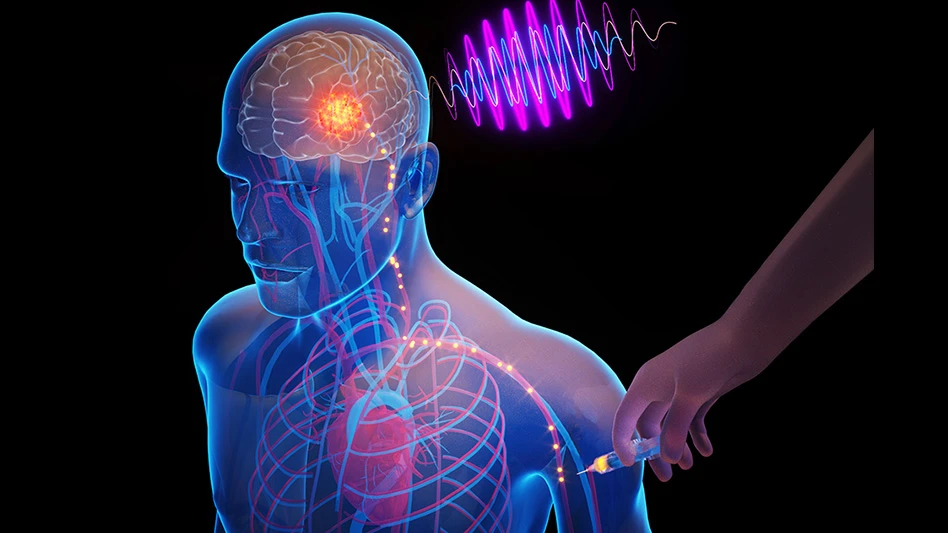
Fully-passive safety blood collection devices could reduce injuries and infections by more than 80%.
U.S. healthcare workers experience between two million and three million needlestick injuries per year, and as many as two-thirds of these events go unreported. Most documented needlestick injuries involve nurses, but physicians, maintenance staff and lab workers are also vulnerable. U.S. hospitals report approximately 30 needlestick injuries per year for every 100 beds, but this figure is probably just the tip of the iceberg.
Needlesticks have been responsible for infections from more than 20 different infectious agents. The most common blood-borne pathogens transmitted in this manner are human immunodeficiency virus (HIV), hepatitis B virus (HBV), and hepatitis C virus (HCV).
Most needlestick injuries carry no adverse health consequences, but the possibility of infection with life-threatening microbes exists, even among well-trained workers who take the utmost care to avoid injury, and in clinical settings that implement best practices.
The rate of infection following needlestick exposure has been calculated for HIV as 0.3%. Figures for HCV and HBV have been reported as 1.7% and as high as 30%, respectively. Exposure to significant quantities of blood or deep needle punctures increases the likelihood of infection.
Of 5,000 needle injuries studied between 1995 and 1999, 62% were associated with hollow-bore needles, primarily through disposable syringes and winged-steel butterfly needles. As many as one-quarter of injuries occur while recapping a used needle. Thirtyeight percent of sticks arise during medical procedures, but 42% take place at some point afterward. Postprocedure needlesticks are often a result of a needle-based device that is disposed of improperly or not at all.

Patient experiences with devices, such as the Vacuette Premium Safety Need System - Tube Touch, are identical in every respect to what would be expected from blood collection devices on the market.
Needlestick injuries can be devastating on a personal level. The possibility of having contracted a serious communicable disease can cause anxiety and fear in healthcare workers and their families. The cost of following up a high-risk exposure can easily reach $3,000, even when no infection occurs. A single case of exposure and infection can cost $1 million or more in expenditures related to testing, follow-up, treatment, lost time and disability payments.
The seriousness of needlestick injuries has caused healthcare worker associations and the Occupational Safety and Health Administration (OSHA) to take notice. The Federal Needles t ick Prevent ion Act of 2001 requires that organizations whose employees may be exposed to needlestick injuries formulate occupational exposure control plans.
Hospitals, and clinics in particular, must identify, evaluate and utilize needle devices with built-in safety features in addition to considering needleless systems for withdrawing blood, accessing a blood vessel and administering medications.
BENIGN NEGLECT?
For years, the medical industry overlooked the safety of healthcare workers involved in blood collection and other invasive procedures.
Unable to pass the added cost of safe needle-based devices onto consumers, hospitals, or clinics, device manufacturers have traditionally focused on cost-savings rather than safety. That is beginning to change.
Handling and disposing of blood col lect ion dev ices has alway s challenged device manufacturers and endusers. After drawing blood, phlebotomists must transport the fully exposed or capped needle to a sharps container or other device that renders the needle safe. This procedure, while conceptually simple, provides numerous opportunities for contact between healthcare worker and the needle - and the bodily fluids it may contain. Needlestick injuries represent the worst-case scenario.
The old paradigm "user beware" assumes that needles and other sharps are handled safely and appropriately.
Historically, the responsibility for safe use of needles fell on the healthcare worker, who in many situations may be fatigued or find him/herself distracted by the patient or other events. Some needlestick injuries have occurred through a patient's behavior, and many arise from a co-worker's negligence.
But regardless of the source, the sheer number of blood-drawing procedures annually taking place in the United States guarantees that accidents will happen if for no other reason than the law of big numbers. Based on MedPro Safety's research and discussions with potential distribution partners, it is estimated that the annual market for blood collection is 700 million units in the U.S. and 1.5 billion to 2 billion units worldwide. This market has largely converted to safety devices, with 83% of acute-care facilities using some form of safety blood collection device. Two companies, Smiths Medical and Becton Dickenson, control more than 80% of the market. Neither of the two major suppliers currently offers a device with fully-passive safety features.
Recently, blood collection needles have been incorporated into safety devices such as snap-to shields or caps. While an improvement over older bare needle devices, safety syringes and blood collection devices nevertheless require input from the user.
In some instances, the devices present new opportunities for needlestick injuries by the fact that they require user input to engage the safety mechanism after blood has been drawn. Workers sometimes forget or neglect to engage the safety mechanism, or initiate its action inappropriately, for example by hand. Capping a needle prior to disposal, while reducing the possibility of a needlestick occurring late in the procedure, actually increases the likelihood of a stick injury when capping is performed by hand and not with the assistance of a cap holder or table top.
NEXT-GENERATION SAFETY
Vacuette blood collection devices from MedPro Safety Products represent the next generation of safety products for healthcare workers who draw blood.
Vacuette blood collection devices are offered in two models: tube-activated (Tube Touch) and skin-activated (Skin Touch). Both employ a patented safety system that covers the needle with a hard plastic sleeve on completion of blood collection. In both models, blood cannot be drawn unless the safety system has been engaged.

With the Tube Touch device, the action of the tube impinging on the safety trigger causes wing-like sheaths to deploy around the needle.
With the Tube Touch device, the safety system engages when the first blood collection tube is inserted into the device and blood collection activity begins. The action of the tube impinging on the safety trigger causes wing-like sheaths to deploy around the needle.
If the vein is missed, the phlebotomist can reposition with the same device, provided a collection tube has not been inserted into the collection device.
Once engaged and after the needle is withdrawn, the safety sheath emerges and surrounds the needle.
With Skin Touch, the safety mechanism is activated as soon as the needle is inserted into the patient and the sleeve comes into contact with the patient. If the phlebotomist misses the vein and pulls out the needle, the sheath automatically engages as the needle is leaving the arm. Another device must be used to re-initiate the procedure. The safety mechanism deploys whether the phlebotomist remembers it or not, and regardless of how the phlebotomist handles the device. In other words, there is no possibility for error. The Skin Touch needle may be disposed of as any other needle.
Skin Touch is considered "fullypassive," meaning that activation of the safety system occurs without intervention or thought by the medical worker. At no point is the needle ever exposed after penetrating the patient's skin.
DESIGN AND CONSTRUCTION
The design for the VacuMate devices arose from Hooman Asbaghi, CEO of San Diego, CA-based Visual Connections.
MedPro acquired the technology from Visual Connections after conducting four separate premarket studies on the feasibility and potential for passive safety blood collection devices. MedPro then began working with prototypes created by Asbaghi. The intellectual property for VacuMate are protected by four patents - three for Skin Touch and one for Tube Touch. Both products have been cleared through the U.S.
Food and Drug Administration's (FDA) 510(k) approval process and are ready for marketing.

MedPro Safety Products' blood collection devices employ patented safety systems that help eliminate the chance of needlesticks.
Materials of construction for both the Skin Touch and the Tube Touch are FDA-approved polycarbonate resins certified and validated for medical use.
The cannula is similarly constructed from 302-304 stainless steel according to the GGN 196 industry standard for patient-penetrating cannulas. Patient experiences with either device are identical in every respect to what would be expected from blood collection devices on the market.
CONCLUSION
In today's safety-conscious world, the time for medical devices with effective, passive safety features is long overdue.
MedPro Safety estimates that if blood collection devices with fully-passive safety mechanisms were universally adopted and used appropriately, needlestick injuries would fall by more than 80% - eliminating perhaps as many as 2.4 million needlesticks per year and a concomitant reduction in serious infections among healthcare workers.
The benefits of using passive, integrated safety devices instead of conventional needles and sharps disposal are easily demonstrated to healthcare facilities and the entire healthcare industry as well. In addition to enhanced worker safety, hospitals and clinics will enjoy lower insurance premiums, higher worker morale and improved productivity.
MedPro Safety Products
Lexington, KY
medprosafety.com

Explore the March 2009 Issue
Check out more from this issue and find your next story to read.
Latest from Today's Medical Developments
- Arcline to sell Medical Manufacturing Technologies to Perimeter Solutions
- Decline in German machine tool orders bottoming out
- Analysis, trends, and forecasts for the future of additive manufacturing
- BlueForge Alliance Webinar Series Part III: Integrate Nationally, Catalyze Locally
- Robot orders accelerate in Q3
- Pro Shrink TubeChiller makes shrink-fit tool holding safer, easier
- Revolutionizing biocompatibility: The role of amnion in next-generation medical devices
- #56 Lunch + Learn Podcast with Techman Robot + AMET Inc.





